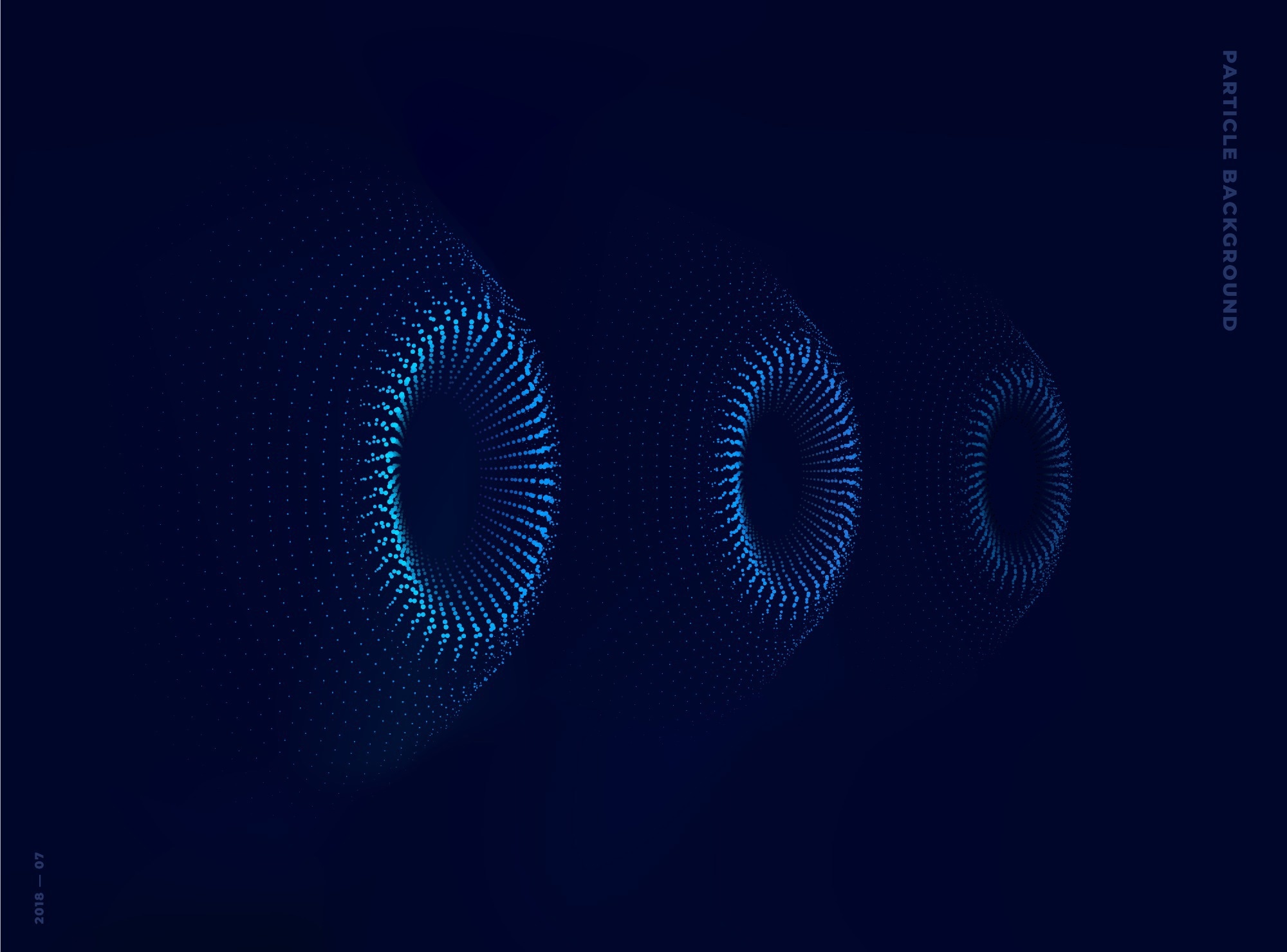In a recent article published in the journal Sensors and Actuators A: Physical, the authors present a review synthesising fibre-optic hydrophone technologies for subsea acoustic monitoring with a specific focus on offshore carbon storage (CCS) seismic monitoring. Rather than reporting new experiments, the review compares sensor classes, interrogation schemes, and deployment considerations as reported across the literature for operation in harsh subsea environments, including high pressure, corrosion, and biofouling.

Image Credit: blau ananas/Shutterstock.com
Background
The study explores the development of fibre optic sensing technologies designed for underwater acoustics. It surveys key principles of optical interferometry, focusing on Mach-Zehnder, Fabry-Perot, and Fibre Bragg Grating (FBG) sensors, which form the foundation of many modern hydrophone systems. The advantages of optical sensors over traditional piezoelectric ones are clearly outlined, including the ability to support multiplexing for large-scale sensor arrays.
The section also addresses the unique challenges of acoustic sensing in subsea conditions, such as mechanical robustness, long-term reliability, and CCS-relevant low-frequency response, alongside signal attenuation over long distances, background noise from ambient sources, and the need for remote data interrogation. Importantly, the review frames these issues in the context of permanent reservoir monitoring, pipeline integrity checks, and seabed seismic imaging for CCS sites. It also notes literature-reported strategies for improving performance under these demanding conditions.
Download the PDF of this page
The Current Study
The core of the article’s scope focuses on the comparison of design principles and reported performance metrics from prior studies, outlining the surveyed methodologies, materials, and architectures that underpin fibre-optic acoustic sensing. Instead of detailing a new experimental “methodology,” the authors synthesize prior art and provide a structured assessment of sensor families according to their optical components and underlying operating principles.
Interferometric sensors, such as Mach-Zehnder and Fabry-Perot interferometers, are built using either separate or integrated fibre segments. For example, fibre Fabry-Perot cavities are created by forming reflective interfaces within the fibre itself, using methods like dielectric mirror deposition or chemical etching. These cavities are then interrogated using tunable or narrow-linewidth laser sources, which detect subtle changes in optical path length induced by acoustic pressure fluctuations.
FBGs produced via UV inscription introduce periodic refractive index changes along the fibre core. These sensors operate by detecting shifts in reflected wavelength, using interrogation techniques such as spectrometry, tunable lasers, or edge filters. To boost sensitivity, some FBGs are chemically etched to reduce their diameter, improving strain transfer and responsiveness to acoustic signals.
The study also highlights distributed fibre sensing strategies, including multiplexing multiple FBGs along a single fibre. By assigning each grating a unique Bragg wavelength, this setup enables precise spatial resolution, ideal for seismic imaging applications.
The optical interrogation systems employed are equally sophisticated. They incorporate sources like distributed feedback (DFB) lasers, tunable lasers, and broadband amplified spontaneous emission (ASE) sources. Detection techniques range from direct power measurements to wavelength shift tracking via spectrometers or edge filters. The latter approach relies on aligning the FBG’s spectral slope with a reference filter, allowing wavelength shifts to be translated into optical intensity variations, a method known for its high sensitivity. Additionally, the integration of low-coherence interferometry and phase-shift detection further enhances the system’s ability to capture minute acoustic signals.
Results and Discussion
The article collates a wide range of experimental results from prior studies that illustrate the performance of various fibre optic hydrophone designs. According to the surveyed studies, interferometric sensors, especially those utilising fibre Fabry-Perot cavities, exhibit notable sensitivity, with reported detection thresholds (MDP) reaching the micro-Pascal range in some prior works. Chemical etching of FBGs is described in the literature as enhancing strain sensitivity, enabling detection within frequency ranges relevant to seismic signals pertinent to CCS monitoring. Where performance figures are cited, they reflect the original studies referenced by the review.
A key focus of the discussion is the balance between sensitivity, bandwidth, system complexity, and robustness. While interferometric systems offer exceptional sensitivity, they often require precise alignment and environmental stabilization, making large-scale deployment more technically demanding. In contrast, intensity-modulated approaches, such as those using matched FBG edge filters, allow for simpler interrogation setups and easier multiplexing, though they may trade off some sensitivity.
The article also highlights the practicality of deploying large-scale hydrophone arrays, enabled by wavelength multiplexing. These arrays show strong potential for high-resolution seismic imaging of CO2 reservoirs, improving both spatial and temporal monitoring capabilities.
Importantly, the authors emphasize the value of integrating multiple optical sensing techniques to achieve optimal system performance. For instance, combining interferometric sensors with FBG-based wavelength detectors can offer both high sensitivity and broad frequency coverage. Advanced interrogation algorithms and signal processing techniques, such as noise reduction and temperature compensation, further enhance acoustic detection capabilities and system reliability.
Conclusion
The article concludes that fibre optic hydrophones, built on advanced sensing principles like interferometry and wavelength modulation, present a highly effective approach for offshore seismic monitoring, particularly for applications related to carbon capture and storage (CCS). These technologies combine high sensitivity, broad bandwidth, and long-term stability, making them well-suited for the challenging conditions of subsea environments.
Future developments are expected to focus on miniaturization, further sensitivity improvements, and the integration of multi-parameter sensing capabilities, such as simultaneous temperature and pressure measurements. A major objective remains the creation of systems that support long-distance remote interrogation with minimal signal degradation.
The article also points to the potential of emerging technologies, including all-fibre laser sensors and next-generation interrogation techniques, to expand the capabilities of optical hydrophones and address current deployment challenges.
Journal Reference
Hadeed M., Bhatti, H. S., Aizzuddin, A. M., Epin, V. A., & Mohamad, H. (2025). Review of fibre optic hydrophones for potential application in offshore carbon storage monitoring. Sensors and Actuators A: Physical, 386, 116341. DOI: 10.1016/j.sna.2025.116341, https://www.sciencedirect.com/science/article/pii/S0924424725001475